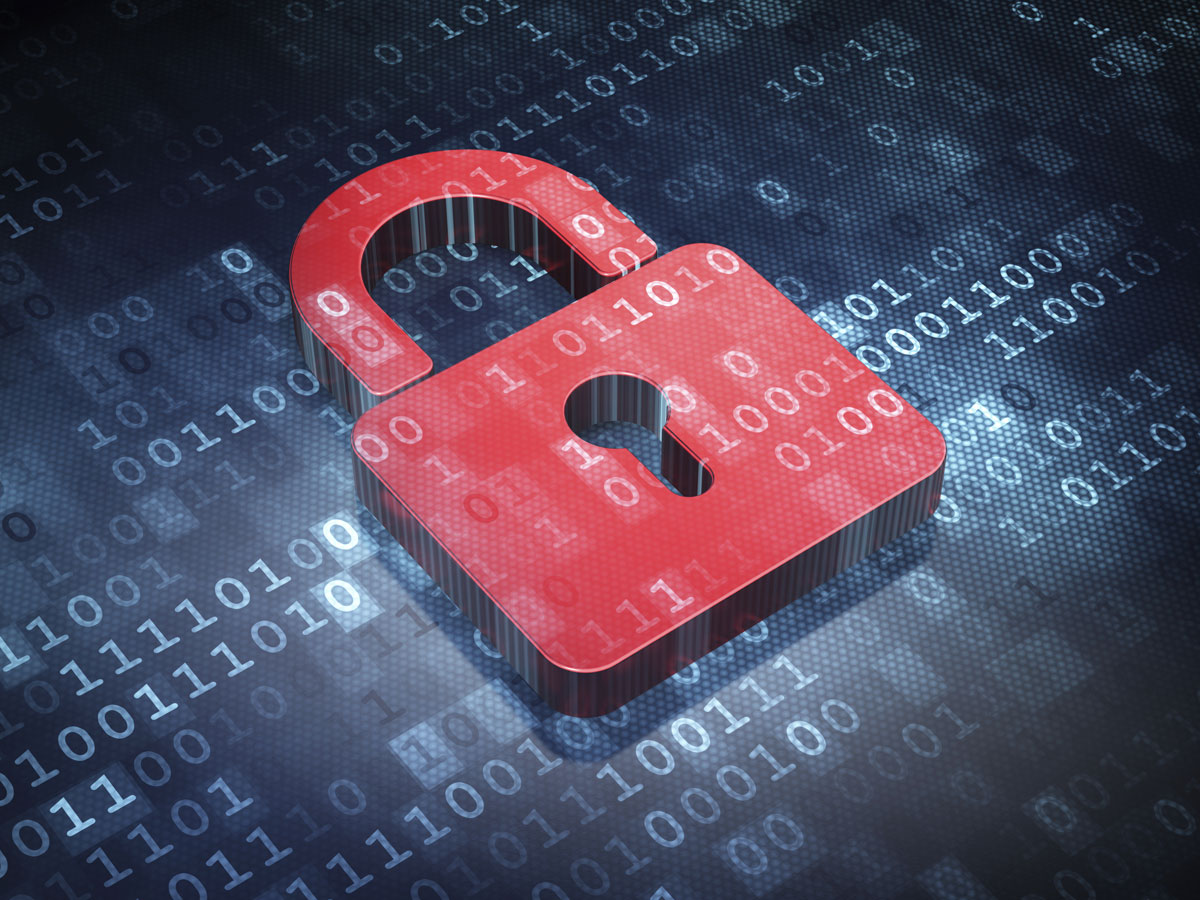UNBREACHABLE WEB COMMUNICATION
A new telecommunications technique which uses quantum technology could lead to the development of unbreachable internet communication links, an international research team, which included an India-origin scientist, has claimed in a paper published in London, Nov. 24, writes H.S. Rao.
Researchers from the Universities of Glasgow, Stanford, Tokyo and Würzburg describe how they have implemented a novel tool for a long-distance telecommunication link that is impossible for hackers to breach.
Published in the journal Nature Communications, the technique could also underpin the creation of a new form of ‘quantum Internet.’
Scientists have previously used the phenomenon of quantum entanglement also known as ‘spooky action at a distance’ – to allow the exchange of information over short distances.
Entanglement allows particles that are physically separated to share properties. For example, the direction of one electron’s spin will be related to the direction of spin of its entangled partner.
This process of entanglement also allows scientists to encode information in quantum particles, similar to the way in which the ones and zeroes (known as bits) of digital communication are used to encode all kinds of data.
Two computers sharing quantum information are much more secure, as any interception by a third party will change the properties of the data itself, allowing easy detection by the intended recipient.
The team, coordinated by University of Glasgow postdoctoral research fellow Chandra Mouli Natarajan, together with colleagues at Stanford, managed to create long distance telecommunications link for a stationary quantum bit for the first time.
“The physics behind quantum communication, by their very nature, make data transfer utterly secure any tampering with either side of the communication will be immediately apparent because it will affect the quantum correlations,” Natarajan said.
“Our work is an important step towards creating architectures for the future hybrid quantum Internet.”
Prof Robert Hadfield’s group in the School of Engineering at the University of Glasgow provided key technical expertise in advanced single photon detector technology in the telecom band.
The paper is titled “Two-photon interference at telecom wavelengths for time-bin-encoded single photons from quantum-dot spin qubits.”


